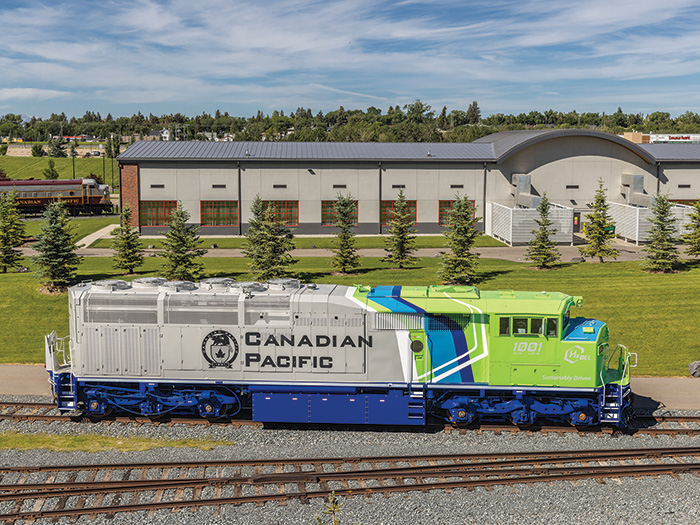5 Opportunities Small Business Insurers Should Embrace

The gist: Commercial insurance carriers insuring small businesses face significant challenges, yet there are ample opportunities to maintain profitability while also meeting customers’ increasingly high expectations.
A new Lexis Nexis Risk Solutions report, A Time of Change in Small Commercial Insurance, highlights the perspectives of more than 400 insurance professionals on five key topics: automation, data assets, predictive modeling, customer experience and market trends.
What stood out? For starters, automation is underutilized. The vast majority of professionals surveyed agree that automation is valuable for small accounts. But only about half are actually doing it, and 89 percent of respondents reported the need to manually re-evaluate insurance applications.
It’s notable that the needle hasn’t moved much on automation in the past few years, comparing the current report to a 2016 LexisNexis study on automation.
Unfortunately that amounts to profits left on the table. With automation, carriers can minimize issues related to incomplete or error-ridden applications, minimize labor-intensive busywork for underwriters and enhance the customer experience. Those that fully leverage automation will have a substantial competitive advantage.
Also, data is inconsistently leveraged. Respondents reported using a wide range of data assets with public records and Internet search results as the most widely used. The data assets carriers value the most are consumer and commercial credit records. Yet around 40 percent of carriers have not integrated these specific data assets into their standard workflow. The most-used data assets — public records and Internet search results —are even less likely to be part of a standardized process, with 50 percent or fewer respondents reporting
So is predictive modeling. 81 percent of commercial carrier respondents agree that predictive modeling is important to their commercial underwriting, pricing and rating. They also believe predictive modeling can improve risk assessment and support consistency decision-making. Yet only a third use it consistently, while 45 percent are using it on a case-by-case basis.
By leveraging predictive modeling consistently, carriers can improve risk assessment and scoring data, and support more efficient decision-making. In the bigger picture, they can build on that knowledge to adopt predictive modeling as a consistent business practice.
The customer experience has room for improvement. According to a 2017 PricewaterhouseCoopers survey of small business owners, 70 percent of those who purchased personal insurance online would like to be able to purchase their business insurance online as well. However, commercial carriers would likely fall short in providing the level of customer-centric service those customers have come to expect in personal lines.
Commercial insurance carriers surveyed identified faster turnaround times (90 percent) and accuracy of customer data (85 percent) as integral to a positive customer experience. Notably, around 80 percent also identified those issues as areas where they could be doing better.
However, automation can help achieve faster turnaround time, and predictive modeling and a streamlined process to standardize how policies are written — all of which can go a long way toward boosting customer satisfaction.
Carriers risk falling behind. According to respondents, telematics, Internet of things (IoT), data breaches, sharing platforms and artificial intelligence are perceived as the most likely trends to impact their business. But fewer than half are actively making strategic changes in response to them, and 11 percent don’t plan to make any strategic changes at all.
Taking a wait-and-see approach to emerging strategies and trends is a luxury carriers can no longer afford. It’s important to remember that customers are also aware of market trends and how new capabilities being offered can benefit their businesses and enhance their purchasing experience. Buyers will gravitate toward carriers that can give them the experience they demand, while complacent carriers will fall behind.
“It can be overwhelming for commercial insurers to know where to begin in order to keep up and gain a competitive edge. But the good news is that the carriers who identify the gaps and act now can make meaningful progress towards attaining 2019 and future goals,” said Mathew Stordy, Senior Director of Commercial Insurance at LexisNexis Risk Solutions.
A little more from the source: Stordy says that one of the most promising areas of digital automation for commercial insurance can be found in data prefill solutions. Using data prefill as part of the standard workflow can help commercial carriers to support faceless transactions, develop direct-to-consumer products, and access new customer segments, among other new opportunities, Stordy explains. &










